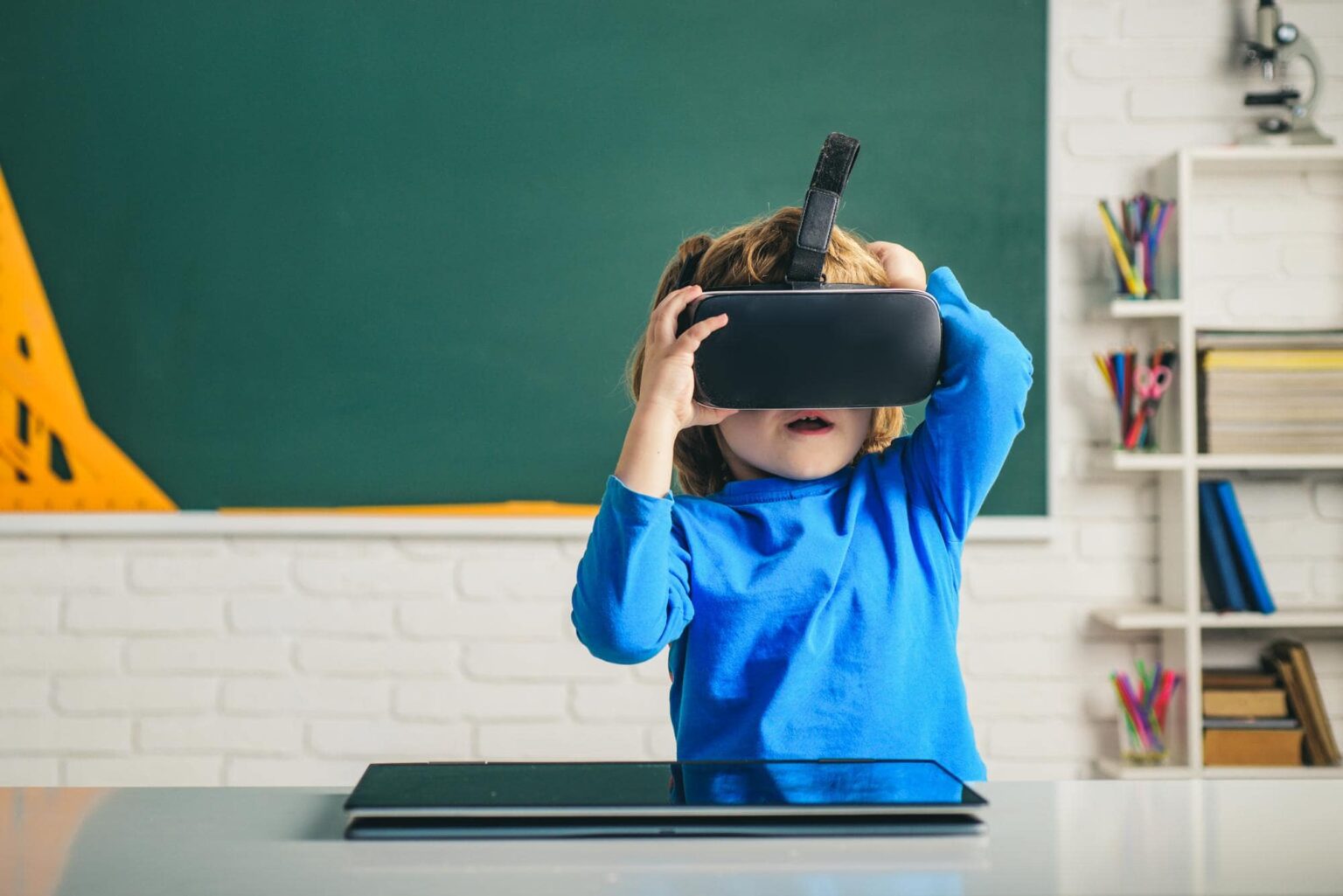Virtual Reality (VR) in the classroom is transforming traditional education by providing immersive experiences and simulations that enhance learning. By leveraging VR technology, students can be transported to virtual environments and engage in interactive experiences that bring educational concepts to life. Here’s how VR enhances learning in the classroom:
- Immersive Experiences: VR provides students with immersive experiences that enable them to explore and interact with virtual environments related to their curriculum. Whether it’s exploring historical landmarks, diving into the depths of the ocean, or visiting foreign countries, VR creates a sense of presence and immersion, enhancing students’ engagement and understanding of the subject matter.
- Virtual Field Trips: VR allows students to embark on virtual field trips without leaving the classroom. They can virtually visit museums, cultural sites, scientific laboratories, or historical locations, providing a richer and more accessible learning experience. Virtual field trips expose students to real-world contexts, foster curiosity, and broaden their perspectives.
- Simulations and Experiments: VR simulations enable students to engage in hands-on learning experiences that might otherwise be challenging or dangerous to replicate in the real world. For example, students can simulate chemical reactions, conduct physics experiments, or practice surgical procedures in a safe and controlled virtual environment. VR simulations provide a risk-free space for students to explore, make mistakes, and learn from their actions.
- 3D Visualization and Spatial Understanding: VR helps students visualize and understand complex 3D structures and spatial relationships. Whether it’s exploring the human anatomy, dissecting virtual objects, or studying architectural designs, VR enables students to manipulate and examine objects from different angles and perspectives. This enhances their spatial cognition and aids in conceptual understanding.
- Multisensory Learning: VR engages multiple senses, including sight and sound, to create a multisensory learning experience. By immersing students in a virtual environment, VR stimulates their senses and creates a more memorable and impactful learning experience. This multisensory approach helps improve information retention and recall.
- Personalized Learning: VR can be tailored to individual student needs, allowing for personalized learning experiences. Students can explore educational content at their own pace and delve deeper into specific areas of interest. VR also provides opportunities for adaptive learning, where the system can adjust the difficulty level or content based on the student’s progress and performance.
- Collaboration and Communication: VR facilitates collaborative learning by allowing students to interact and communicate with their peers and teachers within the virtual environment. Students can work together on group projects, participate in virtual discussions, or engage in role-playing scenarios. VR fosters teamwork, communication skills, and social interaction among students.
- Inclusive Education: VR promotes inclusive education by providing equal opportunities for all students, regardless of their physical or geographical limitations. Students with disabilities or those in remote areas can access immersive learning experiences through VR, bridging the gap and ensuring equitable access to quality education.
In summary, VR in the classroom offers immersive experiences, virtual field trips, simulations, and 3D visualization that enhance learning. It promotes engagement, curiosity, and deeper understanding of educational concepts. VR enables personalized learning, fosters collaboration and communication, and ensures inclusive education. By integrating VR technology into the classroom, educators can create transformative learning experiences that prepare students for the challenges of the digital age.



